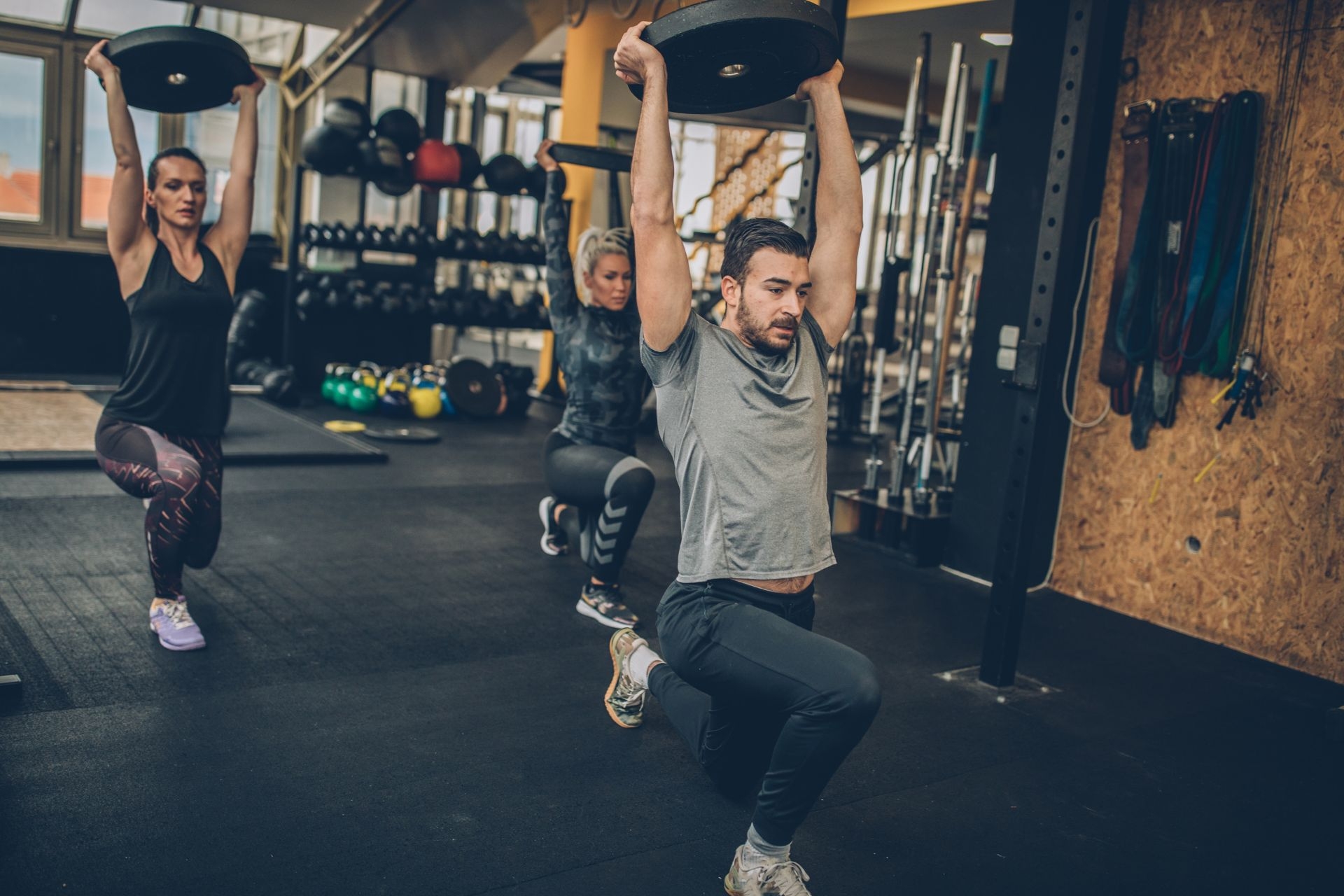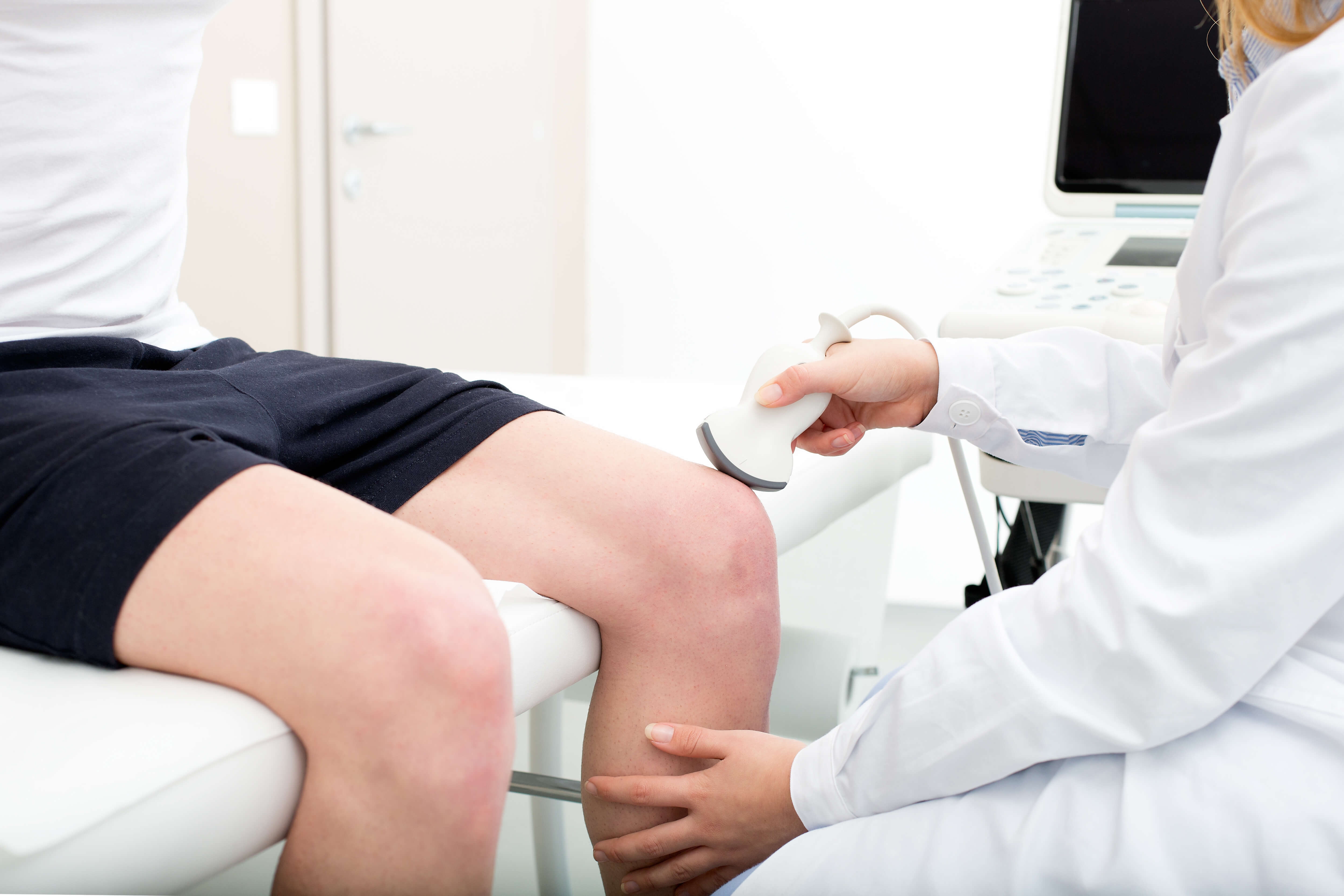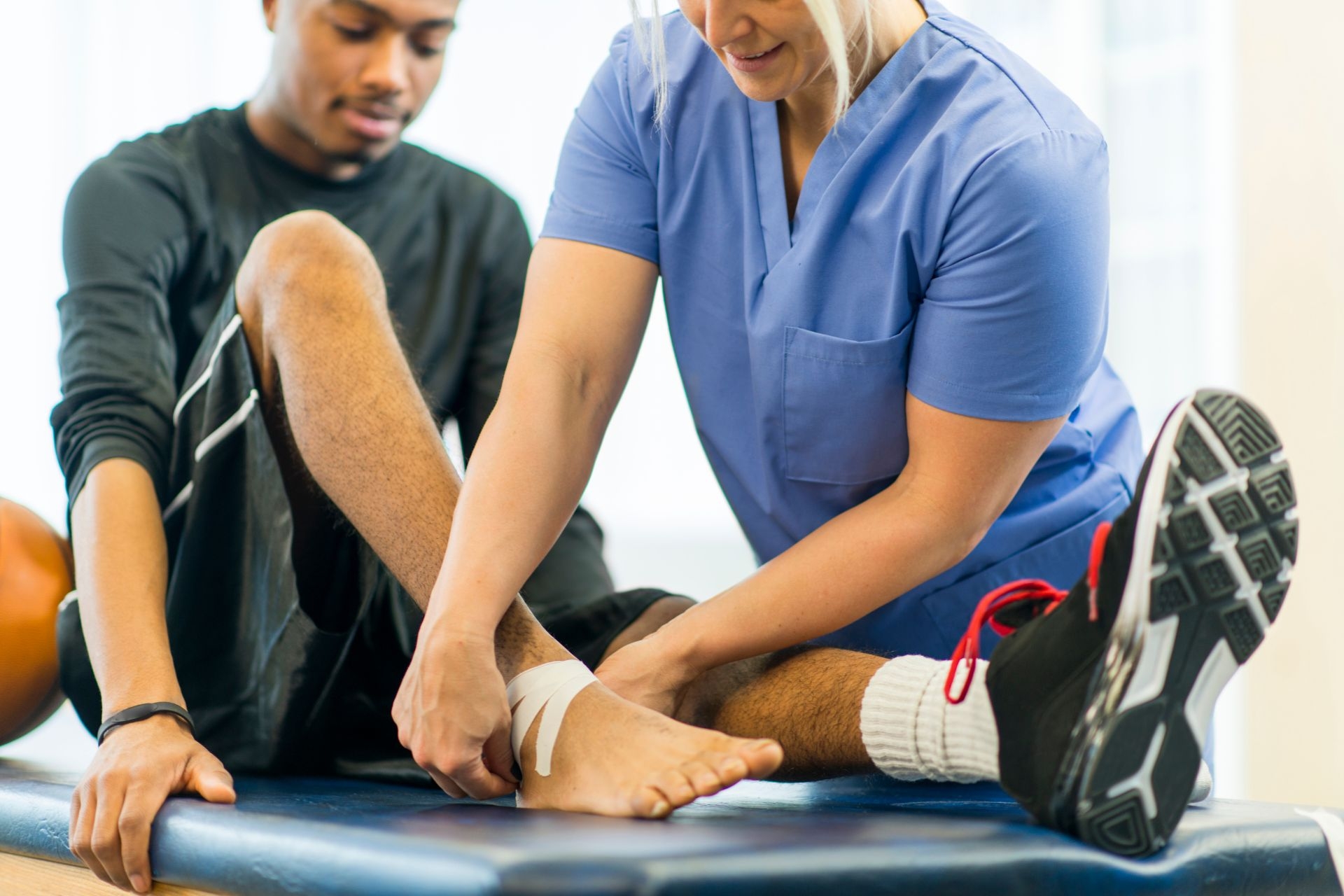Glute Bridges
How can glute bridges help improve hip extension and strengthen the glute muscles?
Glute bridges are an effective exercise for improving hip extension and strengthening the glute muscles. By lifting the hips off the ground and squeezing the glutes at the top of the movement, glute bridges engage the gluteus maximus, medius, and minimus. This action helps to increase hip mobility and stability while also activating and strengthening the muscles responsible for hip extension.



